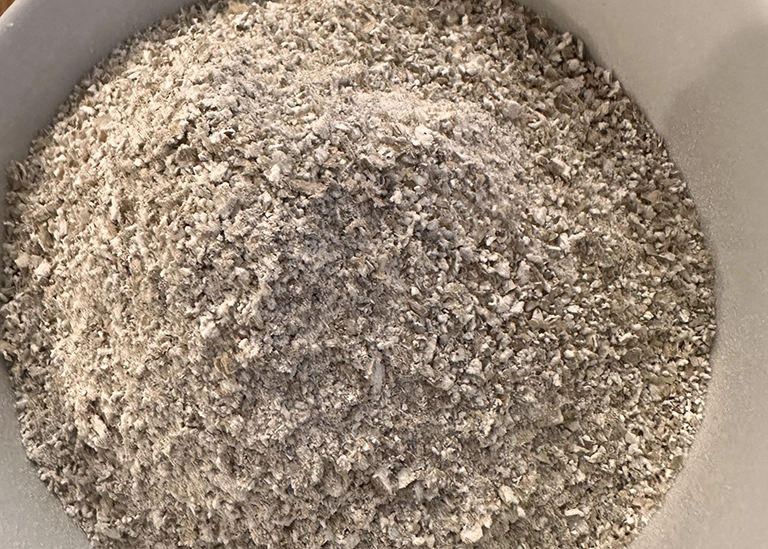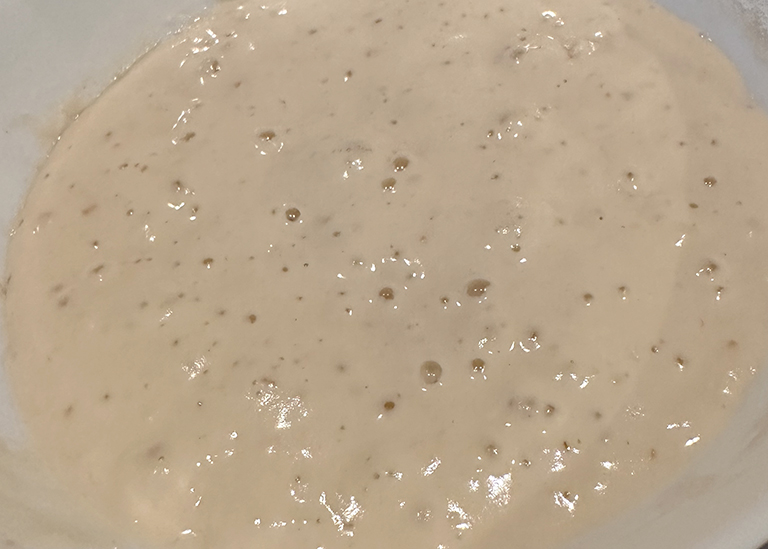
How to Make Sourdough Bread More Sour
Mastering the Tang: How to Make Sourdough Bread More Sour
Achieving the perfect balance of flavours in sourdough bread is both an art and a science. Lactic acid (mild and yoghurt-like) and acetic acid (sharp and tangy) create the hallmark tanginess in sourdough.
If you aim to enhance the sourness in your sourdough bread, understanding and manipulating these acids through fermentation techniques, flour choices, and starter care is essential.
Here’s a detailed guide to help you craft bread with a pronounced sour profile.
Understanding Sourdough's Sourness
The sour flavour in sourdough bread comes primarily from acetic acid.
This acid develops through specific fermentation practices that encourage the growth of acetic acid-producing bacteria.
By focusing on these elements, you can adjust the tanginess of your bread to suit your taste.
Techniques to Make Sourdough Bread More Sour
1. Adjust Fermentation Temperature
- Cooler Fermentation: Allow the dough to ferment at lower temperatures 64–75°F (18–24°C). Cooler environments slow yeast activity and give bacteria more time to produce acetic acid.
- Long Cold Fermentation: Refrigerate your shaped loaves for 12–72 hours. This extended fermentation encourages a sharper tang while maintaining structure.

2. Use Whole Grain Flours
Whole grains like rye, whole wheat, and spelt provide more nutrients for bacteria to thrive, resulting in increased acidity:
- Feed your starter with whole grain flour for a few days to enhance tanginess.
- Blend whole grain flour with white bread flour for balance and better oven spring.
3. Modify Starter Practices
- Use Less Starter: A smaller starter slows fermentation, giving bacteria more time to develop acidity.
- Feed Less Frequently: To encourage acetic acid development.
- Lower Hydration Starter: A wet starter (more water than flour) tends to produce more acetic acid.
4. Fermentation Time and Techniques
- Extend Bulk Fermentation: Let your dough ferment for up to six hours at a cooler temperature to maximise sourness.
- Add Starter After Peak: Using your starter after it has started to deflate slows fermentation, allowing acids to develop more fully.
5. Incorporate Acidic Ingredients
Add a pinch of citric acid (no more than ¼ teaspoon) to the dough for a pronounced sour flavour. Be cautious—too much can overpower the bread.
6. Keep It Basic
Avoid adding sugars, dried fruits, or enriched ingredients that can speed up fermentation and reduce sourness. Stick to a simple flour, water, and salt mix for optimal tanginess.

7. Oxygenate Your Starter
Stirring your starter more frequently introduces oxygen, encouraging acetic acid bacteria to flourish. Mix your starter in a bowl before transferring it to its container for an extra boost.
Practical Application: Whole Grain Sourdough Starter
Using whole grains in your starter is a great way to intensify the sourness. Rye flour, in particular, promotes an active starter that supports acetic acid production. Experiment with a rye, wholemeal and bread flour blend for best results, ensuring you don’t compromise on texture.
Sourdough Recap
Making sourdough bread tangier is all about precision. You can control the sour profile of your bread by manipulating fermentation time, temperature, starter hydration, and flour type.
Whether you’re a home baker or a professional, these strategies will empower you to tailor your sourdough to your preference.
Key Sourdough Tips:
- Opt for long, cool fermentations.
- Use whole grain flours for their nutrient-dense profiles.
- Adjust starter feeding schedules and hydration.
A Tangy Finish
Mastering the art of sour sourdough requires patience and experimentation, but the reward is a loaf bursting with a bold, tangy flavour that reflects your craftsmanship. Happy baking!